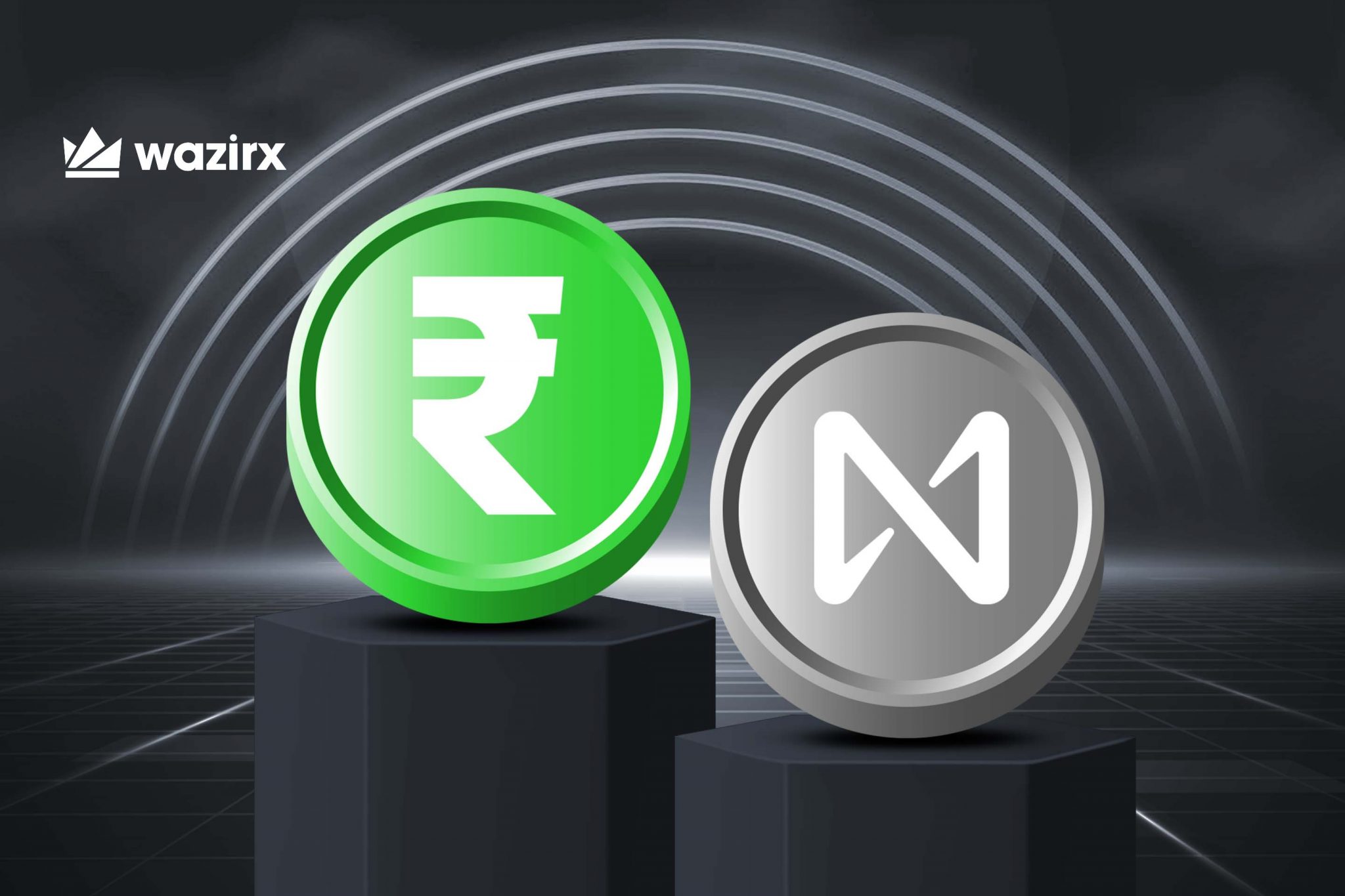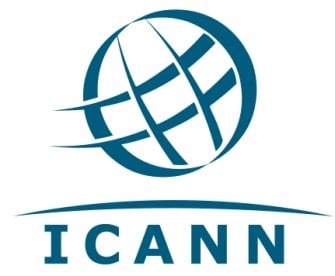[ad_1]
NEAR Protocol: In a nutshell
NEAR Protocol is an Ethereum rival and decentralized application (dApp) platform that focuses on development and user-friendliness. The Near crypto platform’s native NEAR coins is designed to pay for transaction fees and storage. NEAR is a Proof-of-Stake blockchain that achieves scalability using sharding technology.
NEAR Protocol: An introduction
The NEAR Protocol is a layer one blockchain that achieves scalability using sharding technology. In addition, NEAR leverages smart contracts and the Proof of Stake (PoS) consensus method to protect its network. The NEAR Protocol was created by the NEAR Collective and co-founded by Alex Skidanov and Illia Polosukhin in 2020. The project is built as a community-run cloud infrastructure for decentralized application hosting (DApps).
To assist developers in creating DApps, the NEAR platform includes a variety of developer tools and languages and smart contracts with cross-chain capability. The platform has a simple onboarding procedure and human-readable account names rather than encrypted wallet addresses. NEAR was given the Climate Neutral Product Label in 2021 for being carbon neutral as a PoS blockchain.
NEAR Protocol: How does it work?
Decentralized apps (DApps) have evolved in the crypto world, with DApps ranging from games to financial solutions. However, it has become clear that scalability is still an issue in most blockchains.
Blockchains, particularly older ones like Bitcoin and Ethereum, have a scalability problem. The difficulties stem mainly from blockchains’ inability to handle vast amounts of transactions at rapid speeds and reasonable rates.
NEAR, for example, aims to solve this problem by creating a new blockchain with a different design. Implementing sharding was Near’s answer to the problem. NEAR Protocol is a Proof-of-Stake (PoS) protocol that assists startups and businesses with sharding options for scalability.
Let’s have a glance at the sharding solutions provided by NEAR Protocol and how they work:
Nightshade:
Sharding is a blockchain architecture that allows each node to keep a tiny portion of the platform’s data. It helps a blockchain scale more efficiently, allowing for more significant transaction throughput per second while also lowering transaction costs. NEAR can keep a single data chain thanks to Nightshade. The nodes handle the computing necessary to keep these data in ‘chunks.’ The data is processed, and the nodes send extra information to the primary blockchain network.
One of the advantages of Nightshade is that its architecture reduces the risk of security failures because participating nodes are only accountable for maintaining smaller areas of the blockchain.
Rainbow Bridge:
The Rainbow bridge is a NEAR Protocol application that enables network members to move Ethereum tokens backward and forward between Ethereum and NEAR. A user must deposit Ethereum tokens in the Ethereum smart contract to shift tokens from Ethereum to NEAR. These tokens are then tied to the Ethereum environment, and fresh tokens reflecting the original Ethereum tokens are created on NEAR’s platform. If users want to regain their original tokens, we may reverse this operation because the initial monies are held through the smart contract.
Aurora:
Aurora is a layer 2 scaling solution based on the NEAR protocol that enables developers to deploy Ethereum decentralized apps in the NEAR ecosystem. In addition, Aurora is based on the Ethereum Virtual Machine (EVM), allowing developers to integrate their Ethereum Smart contracts and assets effortlessly.
Why is the NEAR protocol the best option for your upcoming projects?
- Sustainability
The NEAR protocol provides a high-performance PoS network that ensures the network’s long-term sustainability and makes it ideal for running various dApps and blockchain solutions.
- Cost-effective
On average, users are subjected to 1000x fewer transactions on the network than the third-generation blockchains. In addition, as part of its contribution to the ecosystem’s growth, NEAR contributes 30% of transaction fees.
- User-friendly
The NEAR protocol may construct a human-readable account address using a scoped DNS pattern. With this feature, the platform becomes accessible to everybody, including those with less technical expertise in blockchain and the NEAR ecosystem.
- Secure
Thanks to a robust network of proactive validators; the NEAR protocol ensures integrity and offers excellent security across the ecosystem.
- Interoperability
NEAR protocol components such as EVM and Rainbow Bridge aid interoperability across several independent blockchains, enhancing the usefulness of use cases created in its ecosystem.
- Pragmatic
The NEAR protocol’s smart contracts are built in Rust and Assembly, two simple community-supported programming languages that reduce the process’s complexity.
Bottom line
The NEAR Protocol is one of the most creative and technologically sophisticated blockchain protocols accessible. NEAR Protocol is equally focused on generating decentralized apps (dApps) to achieve scalability via the use of sharding technologies.
NEAR Protocol has integrated features such as human-readable account names instead of cryptographic wallet addresses to support this aim, making it significantly easier for dApp users to connect with the blockchain network and smart contracts.
[ad_2]
Source link





